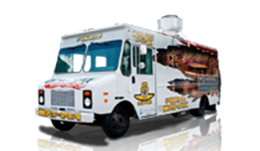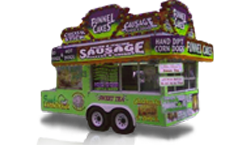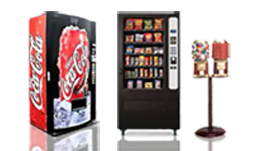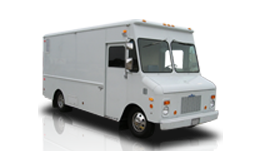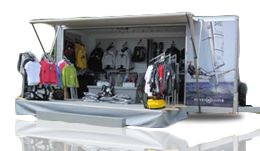Flatbed Trucking: Everything You Need to Know
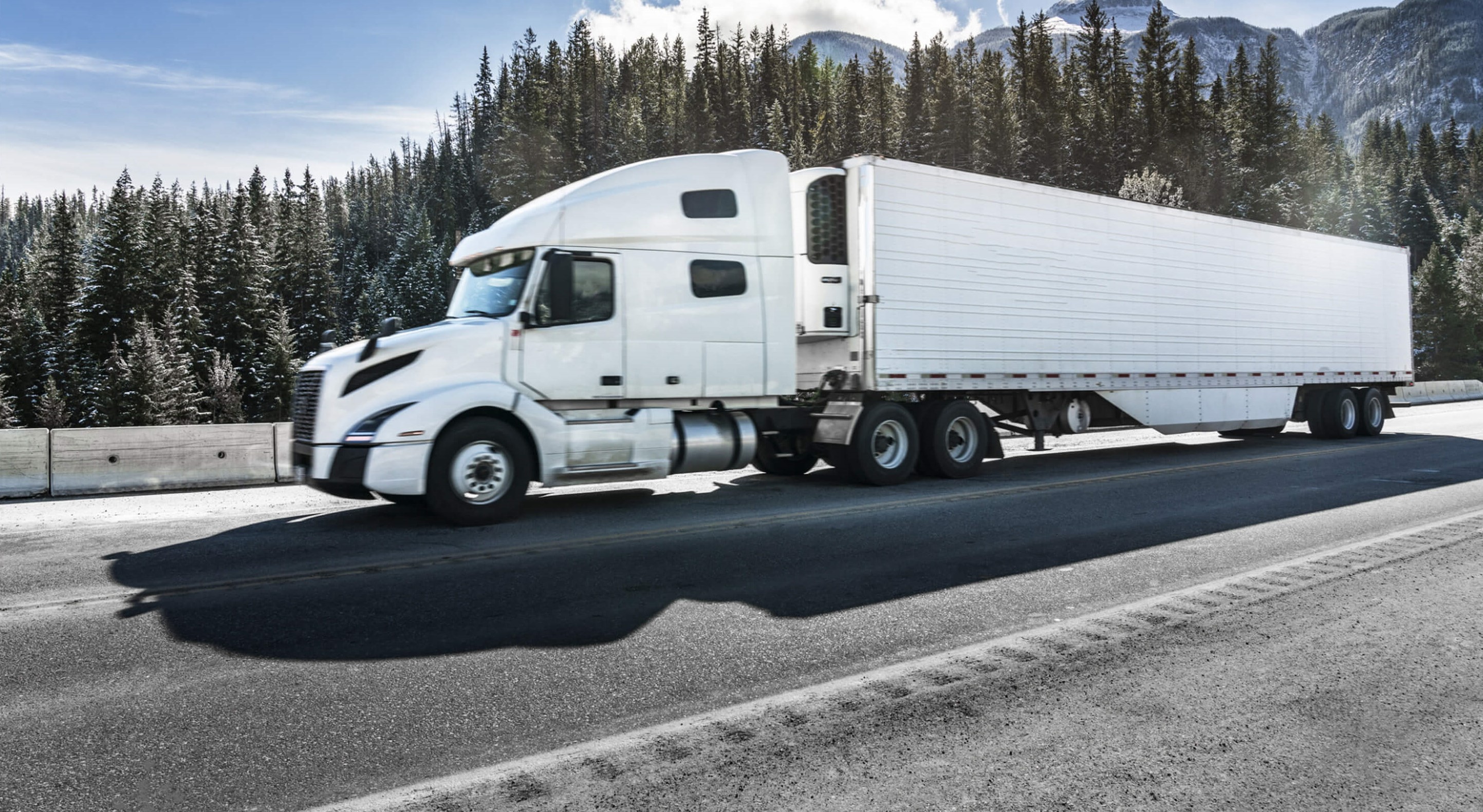
Have you ever heard of flatbed trucking? It’s the transport of massive and oversized cargoes. Such a type of niche is an important player in the trucking industry. Flatbed trucks are rigid trucks with a flatly shaped back body. Its open body makes it easier to load and unload goods on the truck. They are ideal for loads that are too long or wide for an enclosed body. They are the most commonly used type of semi trucks because of their versatility. Flatbed trucking has the most consistent and highest market revenue increase among trucks. Here’s everything you need to know about flatbed trucking.
What’s Inside
Most Common Types of Flatbed Trucks
Not all flatbed trucks are the same. They come in a variety of designs and styles. Below are the most common types of flatbed trucks.
Standard flatbed trucks
These have permanently attached beds on their cabs. The flat portion is commonly called flatbed trailers. Standard flatbed trucks are common among agricultural sites and construction sites with steelworks.
Double Drop trailers
These are types of flatbeds that have a lower deck design. They are also called lowboys because the deck is too low to accommodate loads with excess heights. They are ideal for hauling shorter but taller freights.
Drop Decks
These are single drop flatbeds that can be extended or stretched to haul longer or wider freights. They are also called step decks because the loading ramp is just a step away when at ground level.
Gooseneck trailers
These are light frames with long necks reaching the back of the tailgate and slides over the truck bed. The trailer is detachable and can be dropped on the ground.
Side-Kits
These are flatbed trailers with curved metal panels and stakes around the trailer bed. This allows the transformation of the flatbed into an enclosed trailer once you attach a tarp.
Common Uses of Flatbed Trucks
Here are the common uses of flatbed trucks:
Hauling of baled tires
Millions of tires are stockpiled in the United States every year. Baled tires can be a breeding ground for insects and can be a major fire hazard. To lessen the impact of old tires on the environment, the U.S. government found a way to eliminate them. Tires are banded and compressed together using wires. These baled tires can be repurposed as erosion controls, impact barriers, retaining walls, road fills, terraces, etc. Around 100 tires consist of one bale and it weighs more than a ton. The most ideal truck to transport these baled tires is flatbed trucks.
Hauling of building materials
Brick, concrete, lumber, rods, scaffolding, steel beams, and other prefabricated materials in odd shapes are common building materials needed in construction sites. Flatbed trucks are the most practical hauler for these types of loads because they can be loaded in any direction. Long items that can’t fit in enclosed trailers can also be hung on the edges of flatbeds by using trusses. Alternatively, builders and construction sites also need flatbed trucks for trucking contracts to haul scrap materials away.
Hauling of heavy equipment
Flatbed trucks are also ideal for hauling heavy equipment. Because they can accommodate heavy, long, and tall loads, most buildings, contractors, farms, or even the military hire flatbeds to carry heavy equipment from one location to another. Flatbeds are commonly used for bulldozers, farm tractors, heavy machines, military Humvees and tanks, and the likes. They can also haul heavy parts of an airplane or a ship. It’s a safer alternative than driving heavy and special equipment on residential streets and public roads.
Hauling of super sacks
Super sacks are flexible bulk bags used to keep a large number of goods in place during transport. They are commonly used on dried products like fertilizers, grains, peanuts, sands, seeds, etc. The typical weight of super sacks’ load ranges from 2,000 to 3,000 pounds. Flatbed trucks are perfect for hauling such heavy and special containers. They can be easily loaded and unloaded to the open bed using pallets.
General Restrictions of Flatbed Trucking
Flatbed trucks are also subject to general restrictions from the Federal Motor Carrier Safety Administration (FMCSA). Among the basics are the width, length, and height restrictions. The maximum allowable limit for each dimension varies according to states. But here’s a general guide based on the type of flatbed trucks.
| General Restrictions of Flatbed Trucking | |||
| Flatbed Truck Type | Maximum Length Allowed | Maximum Height Allowed | Maximum Weight Allowed |
| Standard | 8′ 6″ | 8′ 6″ | 48,000 lbs. |
| Double Drop | 28′ (main deck) | 12′ (main deck) | 45,000 lbs. |
| Drop Deck | 11’ (upper deck) | 9’ (upper deck) | 48,000 lbs. |
| 37′ (lower deck) | 10′ (lower deck) | ||
| Gooseneck | 29′(main deck) | 11’6″(main deck) | 42,000 lbs. |
| 10′ (lower deck) | 8’6″ (lower deck) | ||
| 9′ (lower deck) | 10′ (lower deck) | ||
| Side Kits | 9’ | 8’ 6” | 45,000 lbs. |
Flatbed trailers can be extended or stretched as needed. But the heavier the load, the more axles are needed. Depending on the weight of the load, flatbed trailers can have anywhere from 3 to 20 axles. Extendable flatbed trucks are not allowed to carry freights with overhang. In some instances, they may be allowed with a special permit.
Many state governments require escort vehicles, pilot vehicles, or travel escorts when hauling shipments that are over 12 feet long. Their role is to forewarn the flatbed drivers with bridges, construction zones, low wires, road accidents, traffic jams, and other hazards ahead. Their presence also served as a precautionary signal for other motorists to keep their distance from flatbeds.
There are also cargo securement standards that flatbed trucking should adhere to. Flatbed trucks must use cargo straps, chain binders, and chains to secure the freight. Lumbers should be tied down in straps. Metals and pipes should be stabilized through blocks and wedges. Proper tarp covering must also be in place to protect the freight and avoid causing hazards on the road.
If you are looking into starting your own flatbed trucking business for the first time or planning to add this type of truck to your fleet, you can check out our listings of flatbed trucks at UsedVending. You can also call us for expert advice so we can guide you personally.
Happy trucking!


